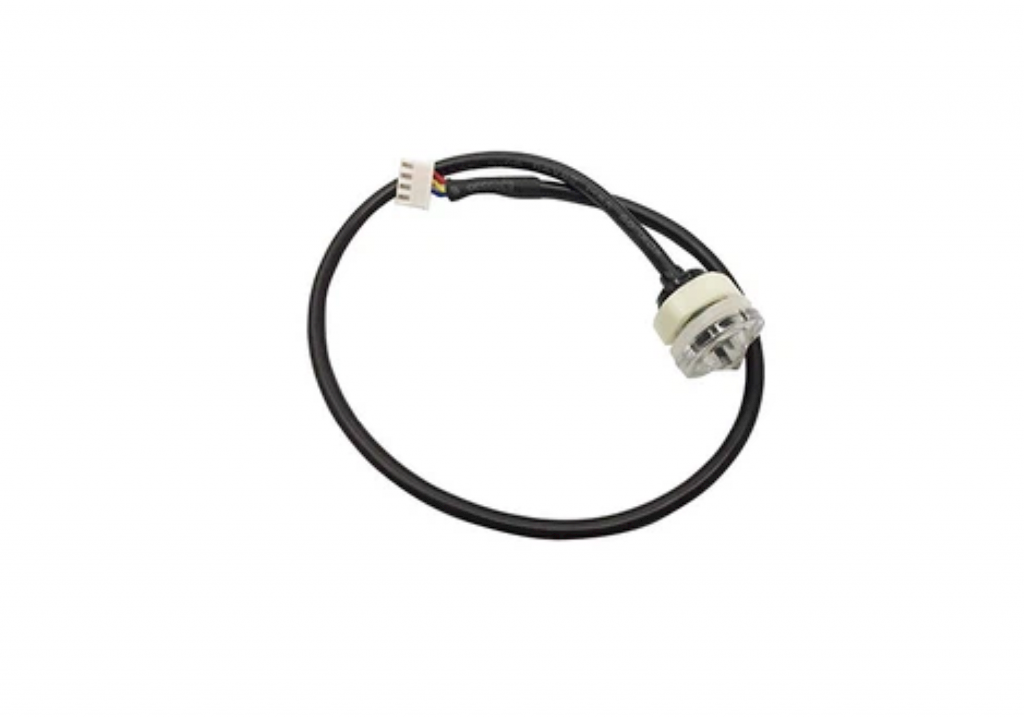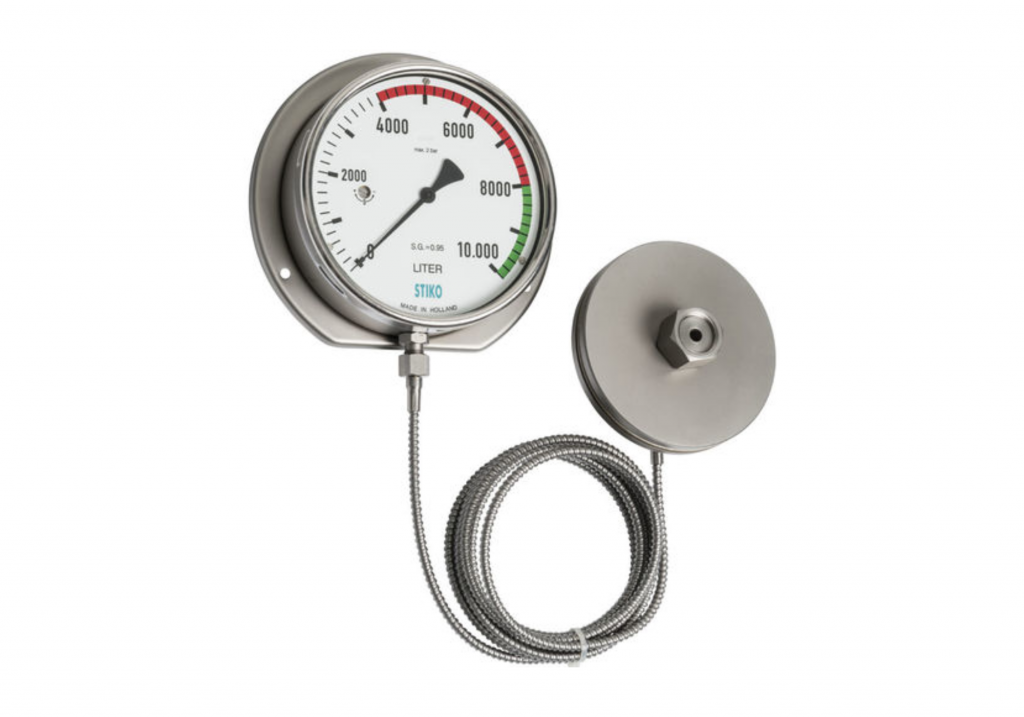The Ultimate Guide to Level Gauges: Types, In-depth Analysis of Pros and Cons, and Application Scenarios
In both industrial and domestic settings, level gauges represent indispensable instruments for accurately measuring the height of liquids or the distance between liquids and the top of a container. With the continuous advancement of technology, the variety of level gauges has become increasingly diverse, including float level gauges, capacitance level gauges, radar level gauges, and more. This comprehensive guide delves into the types, operational principles, advantages and disadvantages, as well as application scenarios of various level gauges, while also providing expanded insights into their applications.

1. Float Level Gauges
Principle of Operation: Float level gauges utilize the principle of a float following the rise and fall of the liquid level, and translate these changes into indicative signals through mechanical or magnetic transmission.
Pros:
- Simple structure, easy installation, and maintenance
- Relatively low cost
- Applicable to various liquids
Cons:
- Generally lower accuracy
- Susceptible to the impact of liquid fluctuations
Application Scenarios: Apart from conventional applications in tanks and oil tanks, float level gauges can also be used in ponds, water tanks, and other scenarios requiring simple level measurement.
2. Capacitance Level Gauges

Principle of Operation: Capacitance level gauges measure the capacitance change between liquid and gas to determine the liquid level height.
Pros:
- High precision
- Fast response time
- Non-contact measurement, avoiding contamination
Cons:
- High demands on the capacitance characteristics of the medium
- Complex installation and calibration
- Relatively high cost
Application Scenarios: Besides the chemical and food and beverage industries, capacitance level gauges are also suitable for environments requiring high precision level measurement, such as water treatment and sewage treatment.
3. Radar Level Gauges

Principle of Operation: Radar level gauges calculate liquid level height by emitting microwave signals and measuring the time difference of reflected signals.
Pros:
- High accuracy
- Unaffected by temperature, pressure, and steam
- Suitable for high-temperature and high-pressure environments
Cons:
- Relatively high cost
- High requirements for installation environment
Application Scenarios: In addition to conventional applications in the petroleum and chemical industries, radar level gauges can also be used in high-temperature and high-pressure environments like boilers and reaction vessels.
4. Ultrasonic Level Gauges
Principle of Operation: Ultrasonic level gauges calculate liquid level height by emitting ultrasonic signals and measuring their reflection time.
Pros:
- Non-contact measurement
- Simple installation
- Applicable to various liquids and solids
Cons:
- Susceptible to temperature, humidity, and pressure influences
- Slightly lower accuracy compared to radar level gauges
Application Scenarios: Besides conventional applications in cement and beverage industries, ultrasonic level gauges can also be used in scenarios with liquid surfaces having foam or agitation.
5. Magnetostrictive Level Gauges

Principle of Operation: Magnetostrictive level gauges measure liquid level height by utilizing the displacement of a magnetic float.
Pros:
- High precision and reliability
- Unaffected by liquid properties
- Long service life
Cons:
- Relatively high cost
- Complex installation and maintenance
Application Scenarios: In addition to petroleum, chemical, and food and beverage industries, magnetostrictive level gauges are suitable for long-term stable and high-precision level measurements.
6. Pressure Level Gauges

Principle of Operation: Pressure level gauges determine liquid level height by measuring the static pressure exerted by the liquid.
Pros:
- Suitable for closed containers
- High precision
- Simple installation
Cons:
- Affected by changes in liquid density
- Requires regular calibration
Application Scenarios: Besides chemical plants and water treatment plants, pressure level gauges can also be used for measuring viscous liquids, such as monitoring oil stock in tanks.
7. Fork Level Gauges
Principle of Operation: Fork level gauges measure liquid level height by detecting changes in the vibration frequency of forks caused by liquid.
Pros:
- High reliability
- High precision
- Applicable to most liquids
Cons:
- Poor adaptability to highly viscous and crystalline media
- Relatively high cost
Application Scenarios: Besides petroleum and chemical industries, fork level gauges can also be used in food and pharmaceutical industries for liquid measurement, such as milk and fruit juice.
8. Optical Level Gauges

Principle of Operation: Optical level gauges detect liquid level changes by utilizing the principles of light refraction and reflection and employing photoelectric sensors.
Pros:
- High precision
- Fast response time
- Non-contact, unaffected by contamination
Cons:
- Affected by lighting conditions
- Limited application range
Application Scenarios: Optical level gauges are suitable for transparent or semi-transparent liquids, such as mineral water and alcohol.
9. Magnetic Level Gauge
Principle of Operation: The magnetic level gauge operates by utilizing the movement of a magnetic float, which rises or falls with the liquid level, triggering magnetic sensors to generate signals, facilitating liquid level measurement and monitoring.
Pros:
- High precision
- Intuitive and convenient readings, compatible with remote transmitters for long-distance data transmission
- Corrosion-resistant, suitable for complex environments
Cons:
- High cost
- Prolonged usage may lead to wear of magnetic components, affecting performance and accuracy, requiring regular maintenance and replacement.
Application Scenarios: Suitable for liquid level measurement in industries such as petrochemicals, pharmaceuticals, and power, especially in environments with high environmental requirements.
10. External Mounted Level Gauges

Principle of Operation: External mounted level gauges measure liquid level height by utilizing sensors attached to the exterior wall of the container, which employ sound waves or ultrasonic waves for level measurement based on reflection principles.
Pros:
- Non-contact measurement
- Simple installation without the need to penetrate the container
- Wide range of applications
Cons:
- Lower accuracy compared to some other methods
- Susceptible to environmental influences
Application Scenarios: External mounted level gauges are suitable for measuring the liquid level in various types of containers, including both metallic and non-metallic containers such as tanks and drum containers.
With the detailed exploration of various types of level gauges, their operational principles, advantages, and disadvantages, as well as application scenarios, readers can gain a comprehensive understanding of these instruments. Armed with this knowledge, they can make informed decisions when selecting the most suitable level gauge for their specific needs, whether it be for industrial processes, environmental monitoring, or other applications requiring precise liquid level measurement.





